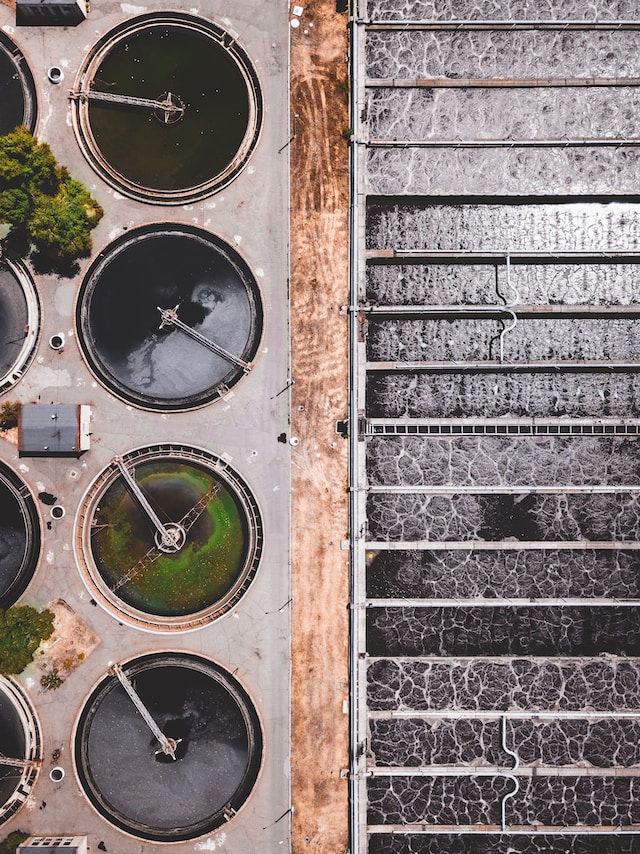The Ultimate Guide to Mechanical Dewatering
Mechanical dewatering separates sludge (residual sludge from wastewater treatment plants or fecal sludge from on-site sanitation) into liquid and solid parts. It allows the sludge to be transported easier and reduces storage, transportation, processing, end-use, or disposal costs.
Several mechanical dewatering types include:
- Plate & frame and belt filter presses.
- Centrifuging.
- Screw pressing.
- Pumping into geotextile dewatering bags.
How It Works
Dewatering is a treatment process that separates the liquid and solid parts of wastewater (or sewage) and fecal waste from on-site sanitation systems, leaving a much easier transport material. It can be achieved using mechanical means (plate & frame, belt, and centrifuge presses), pumping into geotextile dewatering bags, or simply letting it evaporate in drying lagoons. However, these techniques do not remove pathogens, so they are still considered waste and must be processed further before disposal. Dewatering also makes it easier to construct projects such as foundations and shoring where excavation needs to be done below the groundwater level.
Advantages
Mechanical dewatering separates sludge (residual sludge from wastewater treatment plants or fecal sludge from on-site sanitation) into liquid and solid parts. This reduces handling costs and makes it easier to transport, compost, or incinerate (see also waste management) or dispose of in landfills. This step is usually combined with biological or chemical (coagulants and flocculants) treatment to remove pathogens and other pollutants.
Depending on the method, this can be done using plate & frame or belt filter presses, centrifuge thickening, screw pressing, or pumping into geotextile dewatering bags. Dewatering is an essential process for waste minimization and can help cut costs for storage, handling, transport, transfer, end-use, or disposal. It also makes it much easier and safer to work with the sludge material on site, whether for construction, mining, or excavation. In addition, it can make sludge suitable for biogas production or energy recovery, which can further reduce costs. For these reasons, mechanical dewatering is a viable and cost-effective solution for sludge processing.
Alternatives
Alternative dewatering methods include belt filter presses, centrifuges, and chamber filter presses. These methods separate sludge (either residual sludge from wastewater treatment plants or fecal sludge from on-site sanitation) into liquid and solid parts. However, they do not treat the sludge or remove pathogens and other pollutants. These methods also require chemicals (coagulants and flocculants) to enhance the process. They are typically more expensive than mechanical dewatering equipment such as screw presses. They also have a lower throughput capacity, so they are limited in their application at larger facilities. They are also more costly to maintain than screw presses due to their complex machinery and high maintenance costs.
Cost
Dewatering separates sludge (residual sludge from wastewater treatment plants or fecal sludge from on-site sanitation) into liquid and solid parts, allowing for easier handling and less expensive transportation to compost or incinerate. Mechanical dewatering is typically used with pumps or centrifuges such as belt filter presses, sludge lagoons, and mechanical screw presses. It sometimes requires the use of chemicals such as coagulants and flocculant. Screw presses have a lower initial capital cost and higher operating efficiency than centrifuges or belt presses, making them an attractive option for smaller facilities. Their slower rotational speed and relatively few moving parts also mean less wear and tear, which can reduce maintenance costs.

